Environmental Report 2016
JAE Group Forest
In 2004, we established the JAE Group Forest, which we have nurtured by planting trees and maintained as a symbol of environmental management.*1
It is here that Group employees can obtain environmental awareness through their experiences in the forest. It is also a place where the Group can contribute to the protection of biodiversity (click here to read our Declaration on Biodiversity Initiatives), absorption of greenhouse gas (CO2), and replenishment of the watershed (use cursor to view definition).
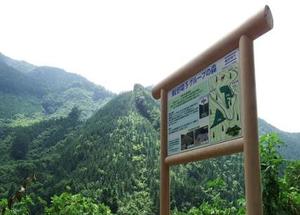
The JAE Group Forest can also be enjoyed for the beautiful seasonal colors of its trees, such as mountain cherry, painted maple and Magnolia kobus, and then there is the Akishima cherry tree, planted in 2014 on the occasion of JAE Group Forest's 10th anniversary.*2 There are also other species of trees native to the Okutama area, and some 3,500 trees that were planted there, such as konara oak, zelkova, horse chestnut, Manchurian walnut and Japanese cypress, also serve as a food source for local animal life.
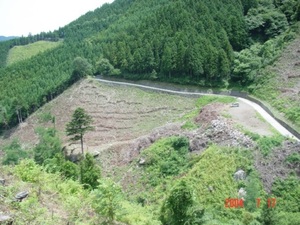
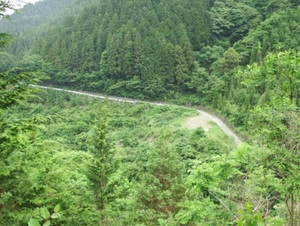
(Area 1)
*2: The Akishima cherry tree (Prunus cv. Yoko'), which blooms with large deep red-purple blossoms, is the name used by the Akishima City Tree Planting Promotion Association.
As one part of training for new employees that entered the company, in fiscal 2015, a plan was put in place for 40 of them to have "environmental experience learning" whereby they worked to preserve the forest through tasks such as maintaining foot trails and clearing underbrush. Unfortunately, it rained on the day of the planned training, and after they familiarized themselves with the JAE Group Forest site, they borrowed a space from the Tokyo Forestry Union and assembled wood working kits as an example of effective use of forest resources.
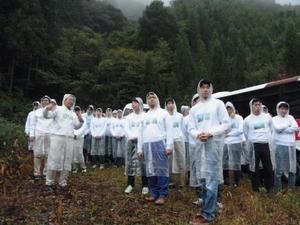
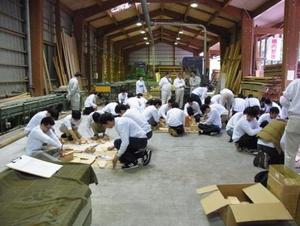
Protecting biodiversity
Eleven years have passed since the establishment of the JAE Group Forest. The trees that employees have planted have now grown to some three meters high. In early spring, the Akishima cherry, Magnolia kobus and the mountain cherry trees bloom, and in the fall, autumn colors can be enjoyed. As the trees grow, other plants and birds have begun to appear.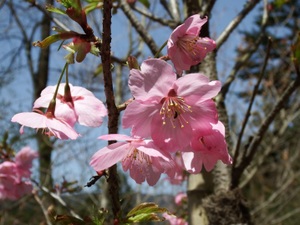
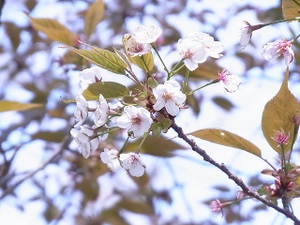
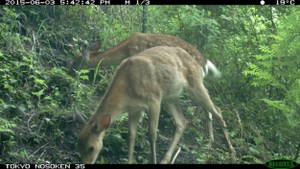
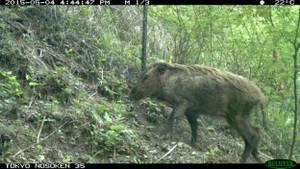
*3: The method used to repair the area was to use the timber from the fallen trees, cut it up, and lay it lengthwise between the tree stumps to build the area up.
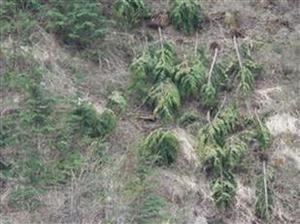
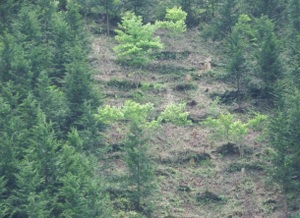
Japanese cypress in Area 2
Overview of JAE Group Forest
| Location | Aza Osawairi, Hikawa, Okutama-machi |
|---|---|
| Area | 1.33ha |
| Overview | •A third-party profit-sharing afforestation agreement between the JAE Group, forest owners, and Tokyo Development Foundation for Agriculture, Forestry and Fishery Term: Fifty years starting in 2004 •Tree types: Japanese cypress and broadleaf trees, such as mountain cherry, painted maple, Magnolia kobus, konara oak, zelkova, horse chestnut and Manchurian walnut. |